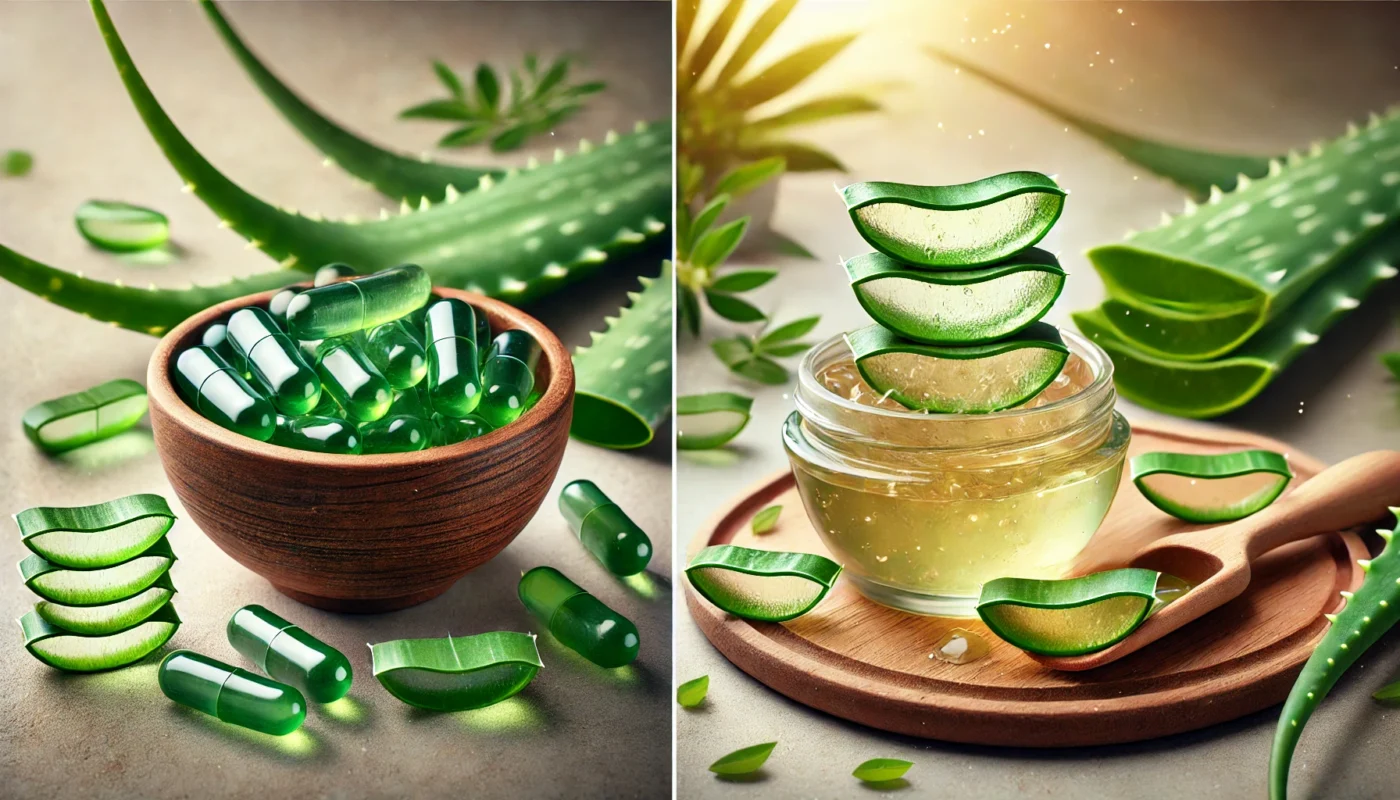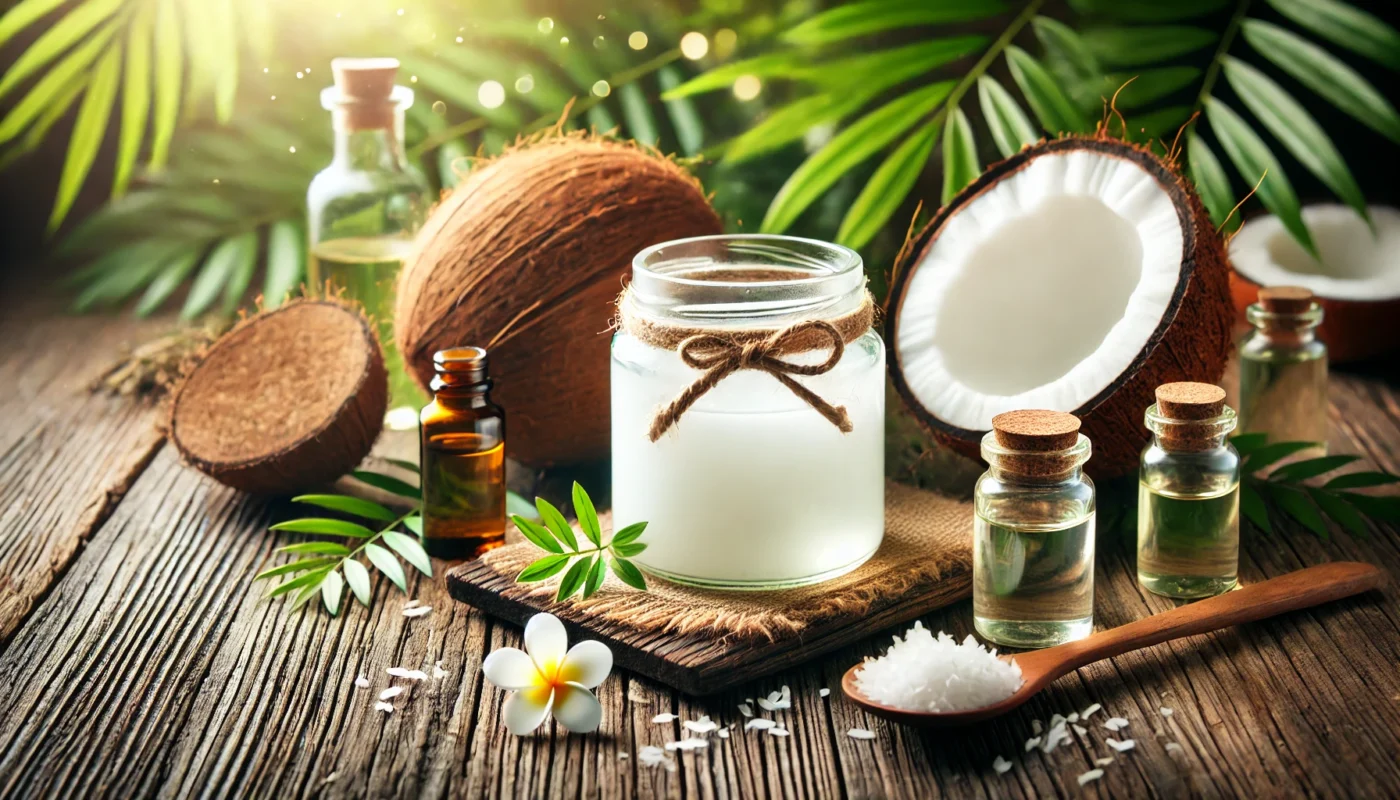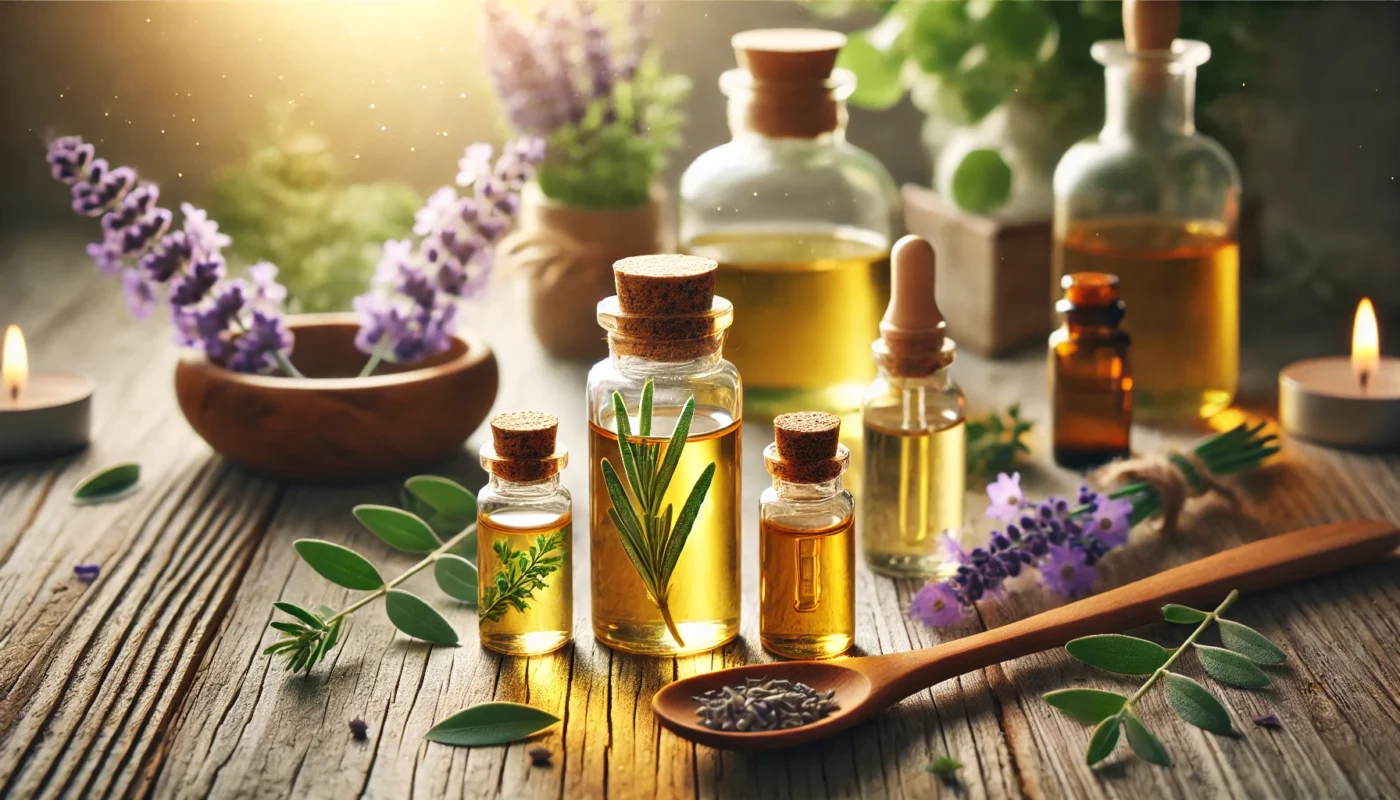Aloe vera, often regarded as a wonder plant, has been an integral part of traditional medicine for centuries. Whether you’re interested in its skin-healing abilities or its digestive aid potential, understanding the nuances between aloe vera pills and gel forms is crucial. Each form offers distinct benefits that can cater to different health needs and preferences. In this article, we take a comprehensive look at aloe vera, its benefits, uses, and the scientific evidence supporting its applications, with a particular focus on comparing aloe vera pills to gel form.
Tag Archives: Antimicrobial Properties
In recent years, coconut oil has transcended its traditional culinary uses, emerging as a staple in holistic health practices. With its myriad of benefits, this versatile oil has piqued the interest of researchers and health enthusiasts alike. A significant area of interest is its potential antibacterial properties. But how credible are these claims? Can coconut oil really kill bacteria, and does it possess antibiotic qualities? Let’s delve into the scientific research and practical applications of coconut oil to explore its antibacterial benefits.
Essential oils are concentrated plant extracts that capture the plant’s scent and flavor, or “essence.” The extraction process involves distillation or mechanical methods, such as cold pressing, to obtain the purest form of the plant’s natural oils. Each essential oil has unique compounds that contribute to its characteristic fragrance and therapeutic properties. When it comes to wound care, essential oils can offer antibacterial, antifungal, anti-inflammatory, and analgesic benefits.



